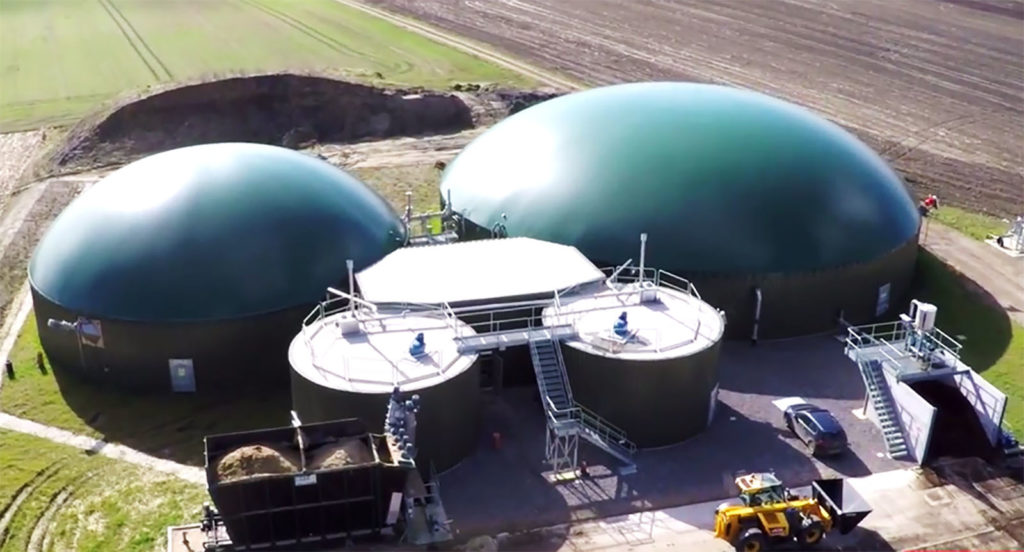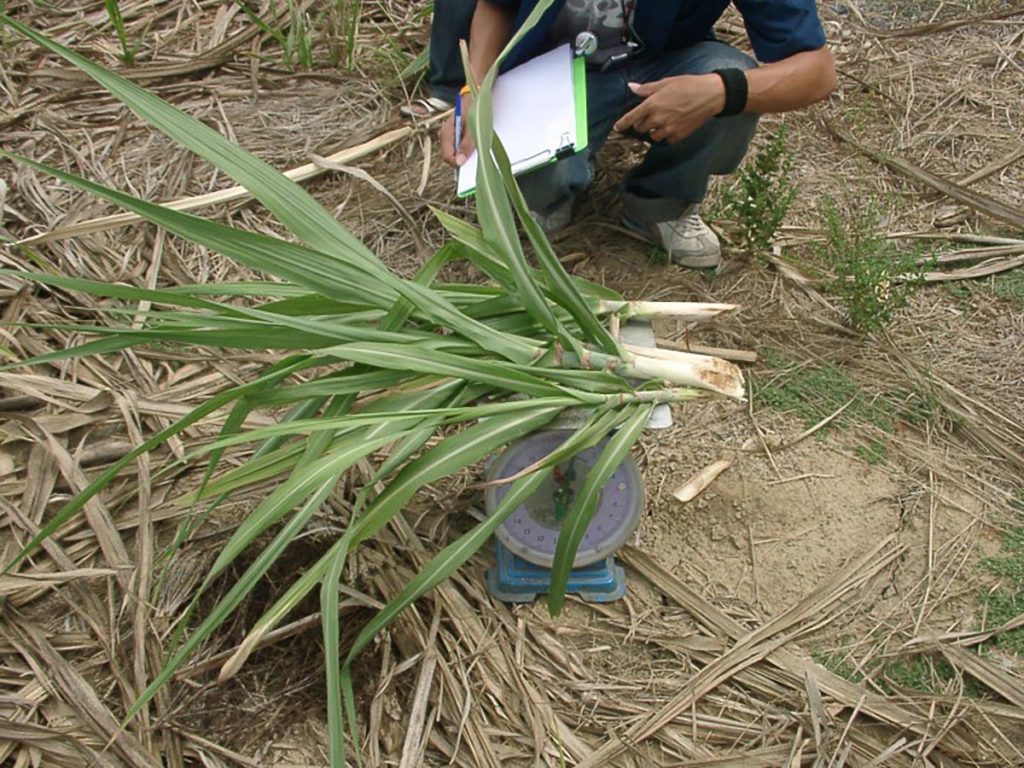Maybe you know Snow Leopard, our story and our biological process.
Maybe you have asked yourself, how Snow Leopard can achieve those biogas yields that they are claiming.
We´ve been asked so many times how we can explain or prove that our pre-treatment with Batch Hydrolysis in hyper-thermophilic mode saves 20% and more feedstock for the same biogas production.
Because that would make biogas plants and projects so much more profitable and easier to operate.
OK.
- We have the results of the log books of biogas plants that have been in operation for more than 15 years now.
- We have reports from independent auditors paid by our customers.
- Our customers in Germany are required to submit yearly reports to keep the PPA. Chartered auditors document the feedstock consumption vs. energy production. Every year, the results once again demonstrate that SLP biogas plants achieve higher biogas yields per ton of input materials.
- For years, we´ve been evaluating several SLP biogas plants with different feedstocks monthly. (We observe that the higher biogas yield in our plants, compared to regular ones, increases even more with higher fibrous content in the feedstock. – e.g. manure, straw, etc)
- We did performance tests with new SLP biogas plants after reaching steady state. All performance tests were approved by investors.
But – the final proof for us is practice. And you can see it.
We are proud to show the performance when visiting SLP biogas plants with potential customers.
Everyone can see it immediately, whether being an expert or a beginner.
Have you been at a (normal) biogas plant and seen the big heap of biomass under the screw separator? (Normal = one stage, mesophilic)
A big heap of undigested biomass. A heap of small particles separated from the liquid to keep the mixing going.
This undigested biomass is pure money. It had to be transported, handled and transported again or maybe even bought.
You paid for it and then you return it unused back to the field.
A 500 kW German biogas plant pays 500,000 € for the feedstock every year. And then another 100,000 € as undigested feedstock is brought back to the field.
This undigested biomass is fibre. It is cellulose.
Cellulose is a large molecule, characterized by an extensive chain of molecules. This makes it challenging for bacteria and their enzymes to break it down into a particle size that is manageable for bacterial consumption. A normal biogas plant with mesophilic und even thermophilic temperature cannot digest the cellulose because the pH value in big digesters is too high and the temperature is too low. The whole feeding mode is wrong.
As a result, undigested feedstock remains in the system, characterized by chains of molecules that are still too long. Gradually, issues such as mixing problems, floating layers, and heating problems arise. You’re compelled to separate solids from liquids to maintain system functionality. Eventually, piles of undigested feedstock (cellulose) accumulate beneath your screw separator. Valuable resources remain dormant, and subsequently, you spread the money onto the field.
Have you ever been at an SLP biogas plant?
Have you seen the cobwebs at the separator bay on SLP biogas plants?
You cannot see this heap of solid digestate under the screw separator on an SLP biogas plant.
The challenge lies in the fact that conventional screw separators struggle to effectively separate solids from the digestate in SLP biogas plants. The solid particles are too fine and have undergone extensive digestion, hindering the formation of solid blocks necessary for the proper functioning of a screw separator. The screw separators remain inactive as a solid block cannot be formed, with cobwebs being woven by spiders beneath and around the separator. Ninety-five percent of the fibres are converted into biogas, translating into financial gains
No biomass block! But cobwebs! No operation! (Walter Danner)
Our customers buy separated, fibrous biomass from Single-Stage (normal) biogas plants!
Hard to believe for (normal) biogas experts!
Single stage biogas plants with digester, post-digester and storage tank cannot digest cellulose fibre. The fibre needs to be separated so that it can be mixed in the tanks and subsequently refed into the system. Biogas plant operators assume that the separated biomass is not digestible and they want to get rid of it.
But we know that this biomass is digestible with the SLP process. We do it!
Therefore, some of our customers buy this “undigestible” material from the (normal) biogas plant, transport it to their SLP plant and feed it to the small pre-treatment tank.
Two weeks later this “undigestible” material is converted to biogas.
No mixing problems.
No floating layer.
The idle organic fibre is used.
How do we achieve such biological degradation of cellulose?
We studied the cow and how it can digest the fibre. Then we designed a biogas process to digest cellulose and within the last 17 years we were able to improve the proccess step by step.
We introduce batches into small(!) tanks, specifically our High Load Digesters, allowing them to sit in the tank for approximately 2 days.
Through 2-days Batch Feeding we are able to lower the pH 8 (recycling liquid from the digester) to pH 7 in the High-Load Tank. The perfect pH for enzymes to break down cellulose is at pH 7. At pH 8 cellulose digestion does not occur.
We raise to 60 °C and beyond. Enzymes like it hot. They start working intensively with 55 °C. This is one reason why mesophilic operation falls short in breaking down cellulose.
One more advantage of the SLP process:
To attain the correct dry matter for mixing, we require liquid in the pre-treatment tanks, which is combined with the fresh feedstock. This liquid is sourced from the storage tank, known as digestate, which still contains some undigested particles. Upon returning to pH 7 and reaching a temperature of 60 °C, these particles are ultimately broken down into biogas. Process complete.We achieve these outstanding results by learning from nature. We create the best environment for bacteria and enzymes and then they pay back.
If you intend to use fibrous feedstock with lots of cellulose such as manure, straw, etc. and you do not want to take unused organic back to fields, you should consider the SLP process. Give us a call or send an email w.danner@snow-leopard-projects.com






